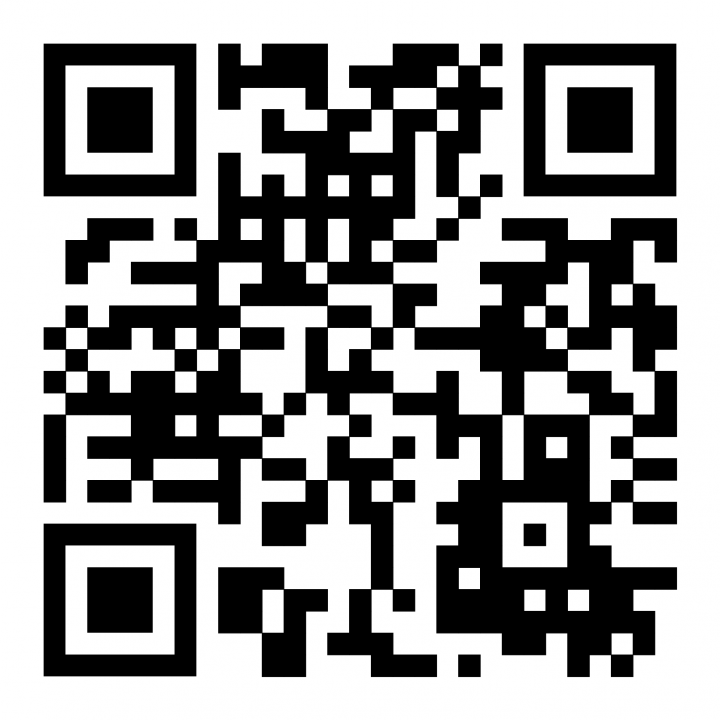Het arrangement Present Simple vs Present Continuous is gemaakt met Wikiwijs van Kennisnet. Wikiwijs is hét onderwijsplatform waar je leermiddelen zoekt, maakt en deelt.
- Auteur
- Laatst gewijzigd
- 07-11-2021 12:00:08
- Licentie
-
Dit lesmateriaal is gepubliceerd onder de Creative Commons Naamsvermelding 4.0 Internationale licentie. Dit houdt in dat je onder de voorwaarde van naamsvermelding vrij bent om:
- het werk te delen - te kopiëren, te verspreiden en door te geven via elk medium of bestandsformaat
- het werk te bewerken - te remixen, te veranderen en afgeleide werken te maken
- voor alle doeleinden, inclusief commerciële doeleinden.
Meer informatie over de CC Naamsvermelding 4.0 Internationale licentie.
Aanvullende informatie over dit lesmateriaal
Van dit lesmateriaal is de volgende aanvullende informatie beschikbaar:
- Eindgebruiker
- leerling/student
- Moeilijkheidsgraad
- gemiddeld
- Studiebelasting
- 4 uur 0 minuten
Bronnen
| Bron | Type |
|---|---|
|
Welcome everyone! https://youtu.be/bU7rKWQLpxY |
Video |
|
https://kahoot.it/challenge/03428456?challenge-id=2facdf33-a599-4d86-96f9-dc4a770e1a5c_1634715322351 https://kahoot.it/challenge/03428456?challenge-id=2facdf33-a599-4d86-96f9-dc4a770e1a5c_1634715322351 |
Link |
|
Listen to this explanation. Do you still have questions? Write me an email. https://youtu.be/zrJIgXe2Ykw |
Video |
|
Present continuous https://www.ego4u.com/en/cram-up/tests/present-progressive-1 |
Link |
|
Present continuous http://esl.fis.edu/vocab/q21/doing2_r.htm |
Link |
|
Present simple or continuous https://www.englisch-hilfen.de/en/exercises/tenses/simple_present_progressive2.htm |
Link |




